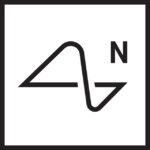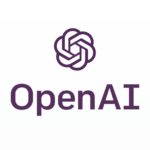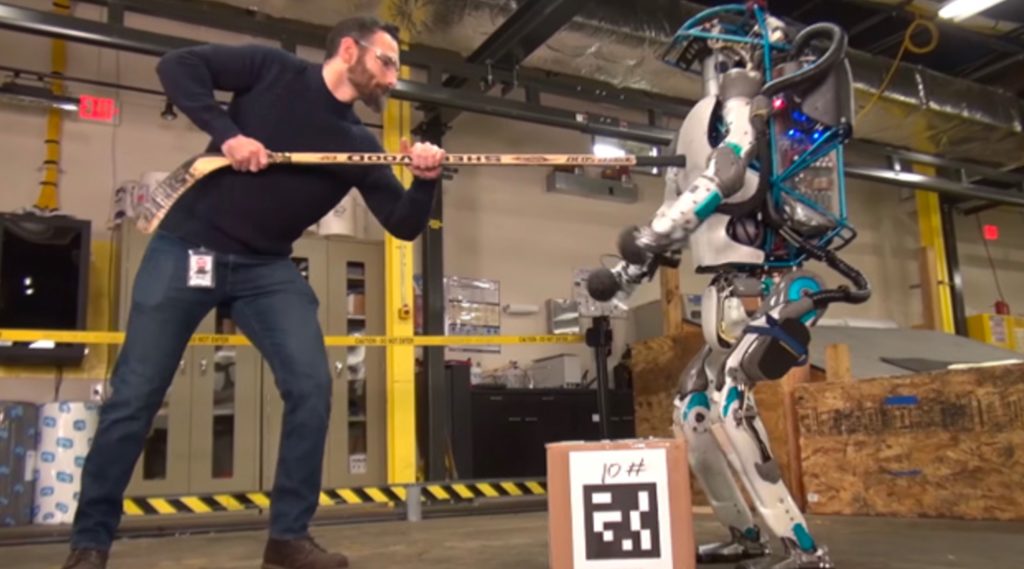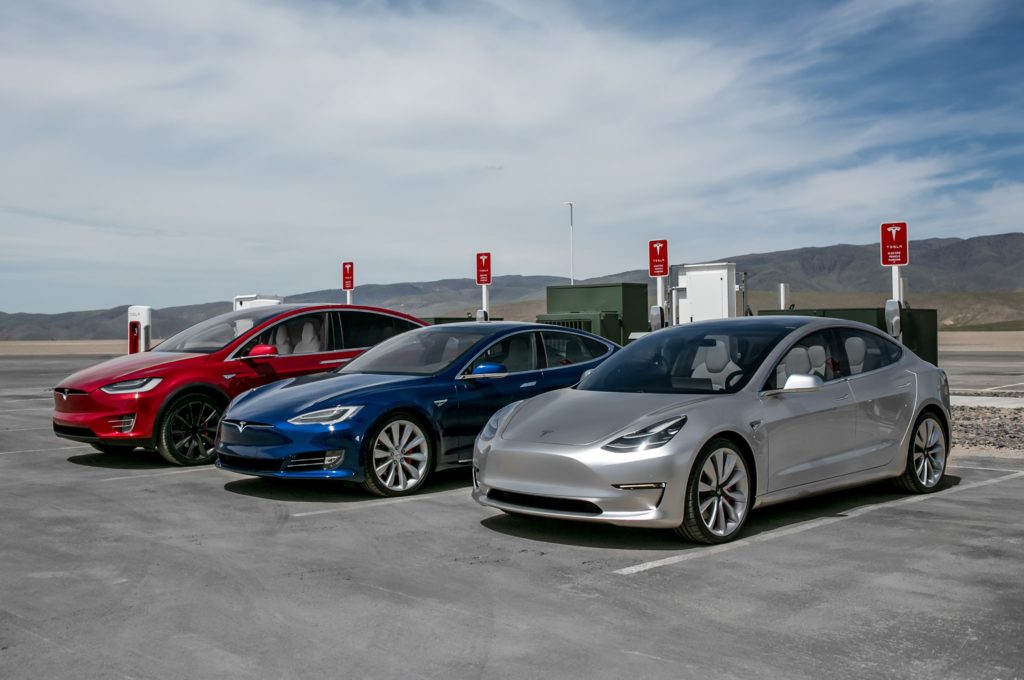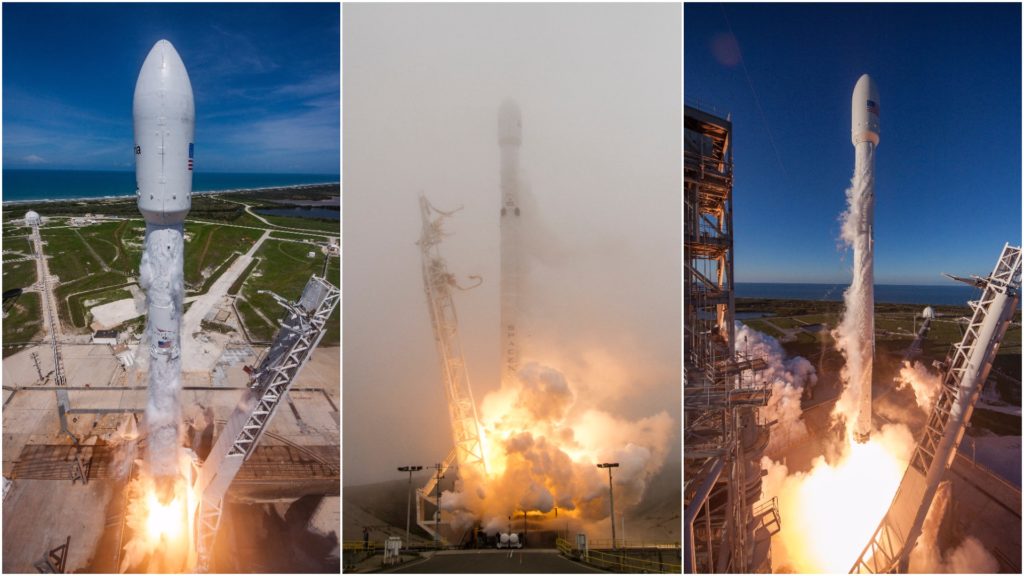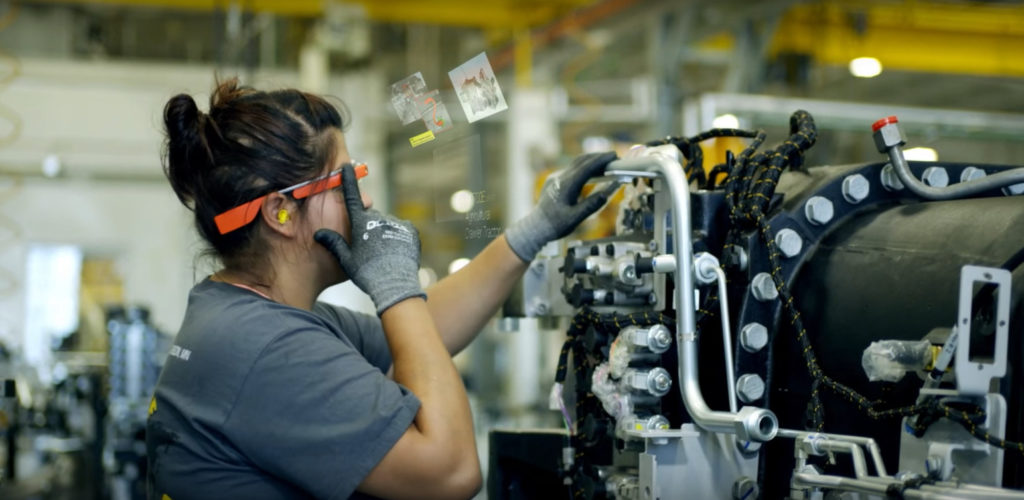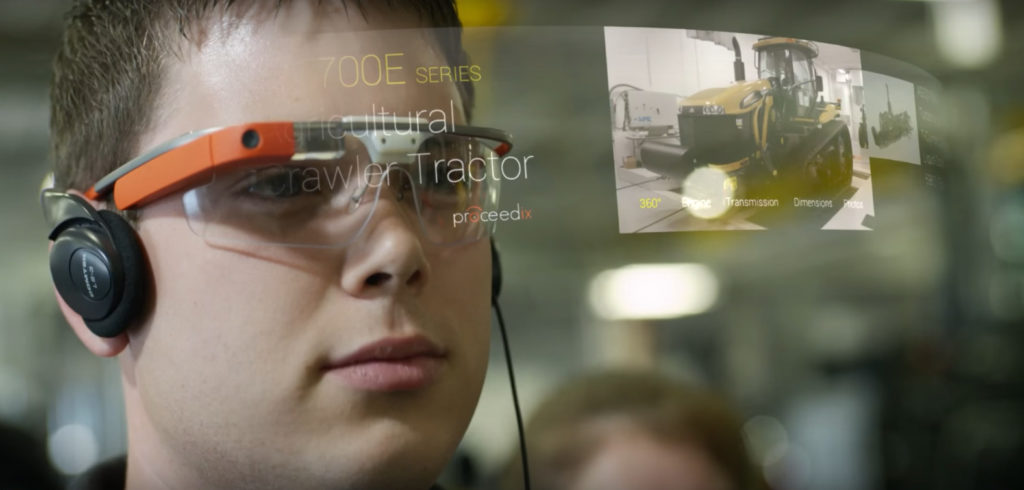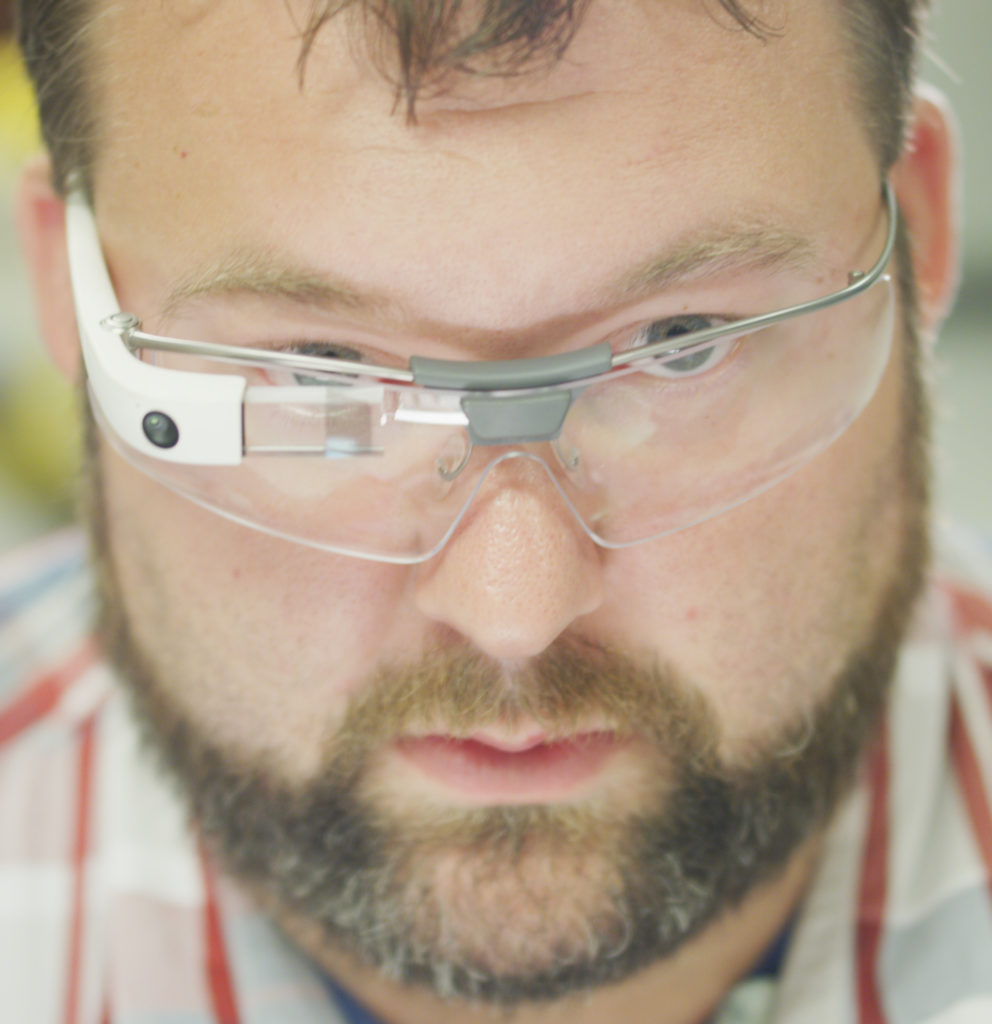
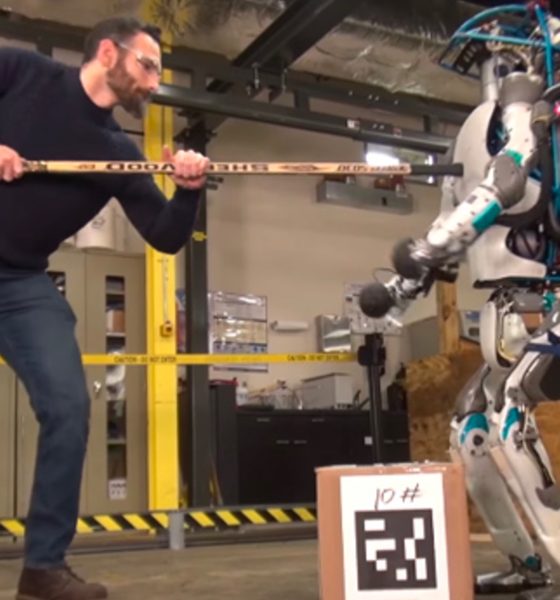
Lifestyle
On the front lines of AI automation, cooperation is key
Over the winding course of the last two or so decades, the world as a whole has experienced wave after wave of cycles of technological development and disruption. Uninterrupted telecommunications, handheld computing, robotics, and artificial intelligence have progressed and proliferated in ways that were not broadly anticipated, and they did so at a pace often faster than predicted.
Recently on the minds of many prominent academic philosophers and less-than-academic laypersons are topics of human-AI interaction both in the present and future. Far more publicly visible is the popular coverage and “discourse” that has over the last several years latched onto a near-universal Zeitgeist of fear and anxiety about artificial intelligence, robotics, and how their cooperation might hasten or enable the obsolescence of purely biological humans.
Yes, Elon has a company for it
Elon Musk is in no way ignorant of these plausible existential risks, and is personally involved in at least two current ventures attempting to better direct scientific and technological resources towards rational solutions and mediation. OpenAI, begun in 2015 as an non-profit for open source artificial intelligence research and development, currently has an endowment of approximately $1 billion and Musk reports spending at least a couple hours of his notoriously busy week with the company. Not one to ever solely tackle the abstract, Musk also cofounded Neuralink, a nanotechnology company hoping to develop a “high bandwidth interface for the nervous system”, in early 2017. Neuralink’s hope is to ensure that humans remain competitive with ever-improving artificial intelligence, particularly once AI reaches a level of general intelligence at or above that of humans.
- While we have no clue what Neuralink’s stealthed work has produced, it’s perhaps the most long-term venture Musk has started. The path to market for medical devices is very long and even more expensive.
Together, OpenAI and Neuralink provide a cohesive narrative. While OpenAI hopes to prevent artificial intelligence from developing or being used in such a way that it harms humanity, the company simultaneously argues that it is “hard to fathom how much human-level AI could benefit society”. Even so, AI with general capabilities equal to or greater than those of humans would inherently create a sort of societal redundancy, whereby AI would combine most of the benefits of human intelligence with the many ways computers are superior to biological computation. The lack of biological limitations would immediately place any AI ahead of any human with comparable capabilities, without even beginning to explore the reality that AI can logically be improved over time through software and hardware updates in ways that humans simply cannot compete with. Neuralink hopes to slip around this logical problem by directly supplementing the human mind with technological elements that might eventually allow for the effortless and intuitive integration of biological and artificial intelligence.
The idea is admittedly Gibsonian upon first examination, in spite of the fact that the concept has almost never been explored thoroughly, even in fiction. A crude idea of what such a technological might feel like can be found by examining less direct examples like Tony Stark’s Jarvis, or even modern day pocketable AI like Siri and Google Assistant. While the immediate thought of having Apple’s Siri as the voice in your head might give some (including the author) spine-tingling shivers of sheer terror, the reality would almost certainly be far more slick. Assuming artificial intelligence continues to rapidly improve and eventually becomes capable of passing the Turing Test, imagine instead the utility and genius of Jarvis directly interfaced with your mind. Rather than using the painfully slow and imprecise bottleneck of human speech, this intelligent and conscious assistant would communicate with you far faster than any human could communicate otherwise. Such an interface would further allow humans to communicate and interact with each other far more efficiently and effectively.
Regardless, talk of superintelligent AI implants is all but highly speculative in the present and is highly unlikely to exist in the near future, barring any sort of paradigmatic and exponential leaps in science and technology over the next few years. The current reality of AI in the eyes of the general public revolves around nonsensical and uninformed fearmongering, largely due to bad reporting on complex scientific research.
The threats of workplace automation
Far more pressing, although considerably less publicized, is the threat of robotic automation of specific tasks and jobs typically performed by humans. This technologically-based economic displacement has regularly occurred throughout the history of humanity, but robotic automation has the potential to completely disrupt economic systems based upon capitalism. Without prompt and aggressive responses to the growing threat of automation, fears of increased economic inequality are arguably warranted. In its current nascent state, automation technology is focused largely on manufacturing.
Somewhat ironically, over the course of the development and construction of Tesla’s Gigafactory 1, cofounder Elon Musk has taken to discussing the highly automated factory as the cornerstone of manufacturing affordable EVs at extremely high volumes.
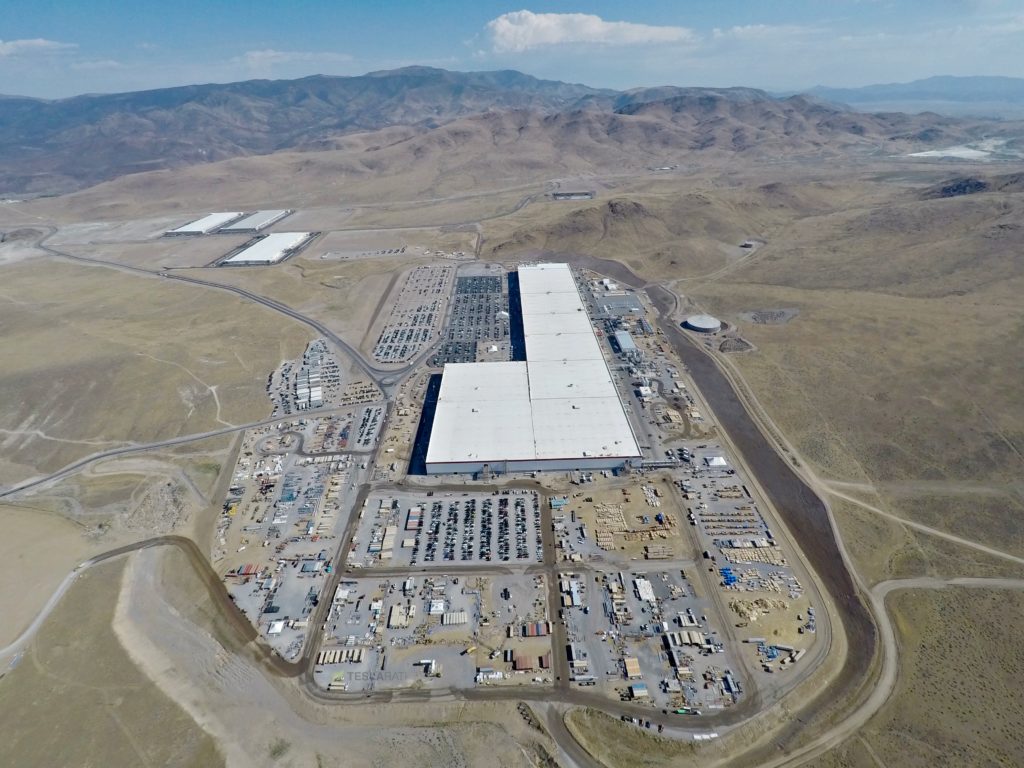
Tesla Gigafactory photos from July 2017 reveal new land being graded for expansion
Even more ironically, the pursuit of a high level of automation in the Gigafactory and the company’s Fremont facilities has been partially motivated by extremely high demand for Tesla’s Model 3, of which fully autonomous self-driving capabilities have been a major source of excitement and publicity. Musk and Tesla eventually hope to offer true autonomy to recently manufactured vehicles by way of a software update, and the company eventually wants to introduce a “Tesla Network” where an owner’s car can be allowed to act as a self-driving taxi when not in use, thus logically earning its owner money. While today’s “gig economy” has enabled some form of flexibility and freedom, it has also allowed for large corporations to more easily exploit its workers. Furthermore, companies like Uber and Lyft are aggressively engaged in the development of their own autonomous driving systems, given the potentially lucrative margins autonomous taxi services might offer their shareholders.
In relatively free economies that encourage competition between corporate entities, even the most empathetic and philanthropic companies must inherently remain competitive to ensure their continued existences. In the likely event that technology continues to expand and improve its affordable alternatives to human labor, the only conceivable methods of safeguarding humanity involve universal corporate cooperation to forego profit margins and the desires of shareholders, aggressive and intelligent government regulation, or the improvement humans in order for them to remain competitive. For reasons too broad to discuss here, the first two methods are arguably very unlikely to happen to or to at least occur in a beneficial manner.
While the actual social and economic issues that are behind and will be created by the issue of automation are vast, abstract, and horrifyingly complex, the third option, however, just might work in the interim. Elon Musk has storied and largely successful history of exploiting the competitive market in order to introduce products that seek to intrinsically benefit humanity as a whole. While financially assisted by NASA, SpaceX managed to efficiently develop a uniquely affordable launch vehicle that has since captured a large market share of the launch industry. The eventual profits from this and other interconnected goals will fund and attempt to make humanity multiplanetary, thus protecting our species from single-planet mass extinction events. Tesla pursued the development of high quality electric vehicles that consumers then chose to purchase in volumes that outclassed their competitors, which allowed them to fund the development of a mass-market EV that might rapidly hasten humanity’s move away from gasoline-driven cars. SolarCity, now a part of Tesla, pursued different economic models that worked to make solar installations viable for private homes. With SolarCity now integrated into Tesla’s Energy branch, the company will be able to sell beautiful, long-lasting solar roofs and affordable electric vehicles at the same time, to the same customer.
To put it simply, Elon Musk strives to create uniquely capable and affordable products that strategically benefit humanity. If a company can create an exceptionally competitive product that also happens to benefit the world and the consumer, then a lightly regulated economy can in fact be manipulated into accomplishing abstract, philanthropic, and long-term goals. Neuralink and OpenAI are arguably the most difficult challenges yet for Musk’s strategy, given the chronic immaturity of both the science and technology needed in relation to their purposes. From a theoretical perspective, however, the potential draw of products and knowledge the companies might create are obvious. A true high-bandwidth neural interface for humans could provide a vast array of beneficial uses, ranging from memory improvement to things like the ability to instantaneously learn new skills. The reality that the project will undoubtedly require a better understanding of human consciousness is also certain to be a major source of intrigue for the general public, as well as those interested in studying neuroscience and medicine in general.
- Tesla’s Model S, X, and 3. (Motor Trend)
- SpaceX’s Falcon 9 has become a force to be reckoned with in the competitive global launch industry. (SpaceX)
Success on the front lines
While the prospect of a future of highly intelligent AI and equally capable robotics is daunting and easily exploited to strike fear into the hearts of non-experts, there are plenty of reasons to remain optimistic that the worst-case scenarios often treated as inevitable are highly unlikely. Enter an unusual and controversial piece of technology: Google Glass. Initially released in 2013 as a developer-focused experiment, the device immediately rose into the publicly eye after several unfortunate occurrences, gaining a considerable degree of mockery and disapproval. While its failure as a consumer technology was effectively guaranteed shortly after its limited release, the device has since become an invaluable tool and steady niche market for manufacturing companies and several other industries. More recently, Google became aware of this growing niche use-case and worked with the companies using it to develop a new, enterprise-focused version of Glass, which was publicly acknowledged and released earlier this year.
The most extraordinary aspect of this already-intriguing story is the reception the device has received at the companies that have been trialling it over the last several years. Not only has the relatively simple augmented reality device become a sign of things to come for the future of manufacturing workers, the companies that have taken to it have begun to report truly amazing benefits realized through its use. It has been credited with cutting necessary training times from 10 days to 3 days, making the completion of tedious and complex tasks as much as 25-30% faster, improving the efficiency of warehouse workers by more than half, and drastically lowering error rates when using torque wrenches.
AGCO, a massive agriculture-focused manufacturing company, plans to aggressively grow the number of workers using the devices on their factory floors. DHL has begun the process of incorporating Glass Enterprise Edition into the workflow of every single one of their 2000+ distribution facilities around the world. The device has also shown significant utility in fields related to health care, and is being trialled by Sutter Health, based in Northern California. The success seen with Glass in these fields flies in the face of automation fear-mongering, particularly given the common attribution of manufacturing jobs as those most at risk from automation. The fact that high-profile economic advisers of massive corporations believe that “combinations of humans and machines outperform either working alone [for many jobs]” is a testimony to the potential of humans augmented by computers. Even if or when robotic alternatives become more affordable than human workers, it is clear that augmenting humans can result in efficiency and effectiveness that can easily rival purely autonomous systems of manufacturing, particularly for more complex tasks. At some point, it becomes the only rational path forward when automating tasks might cost a company tens or hundreds of thousands of dollars up front per worker, while adopting forms of worker augmentation could be expected to cost $1,000-$5,000 each (Glass EE is about $1,500).
- (AGCO)
- (AGCO)
- (AGCO)
The future is bright
There are still plenty of reasons to retain hope for the future of human-robot and human-AI cooperation and coexistence. While it is impossible to deny that there will always be uncertainty about what might or what could occur, real world examples of the reality of those relationships suggest that the future could be bright. Just recently, OpenAI revealed that it has developed AI capable of beating the best known humans of a highly complex modern video game, Defense of the Ancients 2 (Dota 2). Future goals for the AI include building a full five-person team of AIs, and eventually integrating the AIs they develop into teams of humans in the hope of surpassing either humans or AI working by themselves. The corollaries with the success of Google Glass EE are obvious, but the consequences of OpenAI successfully pursuing human-AI cooperation in complex and unintuitive environments would be vastly more significant. While cooperative human-AI gaming might not seem consequential, even if successful, it opens the door for the development of more tangible, realistic applications.
Of course, it is still rational and arguably necessary to work to safeguard humanity from the potentially worrisome outcomes, and companies like OpenAI and Neuralink will undoubtedly continue to pursue their ultimate goals of doing so. At the worst, they can be expected to develop technologies and knowledge that have the potential to benefit humanity as a whole. Neutral, cooperative AI would be truly incredible on its own, as would a truly high bandwidth, multipurpose neural interface for humans. Whatever outcomes the future holds, humanity is clearly standing on the edge of many a precipice of far-reaching technological disruption. Stay tuned.

Lifestyle
Tesla Model S Plaid battles China’s 1500 hp monster Nurburgring monster, with surprising results
There is just something about Tesla’s tuning and refinement that makes raw specs seem not as game-changing.
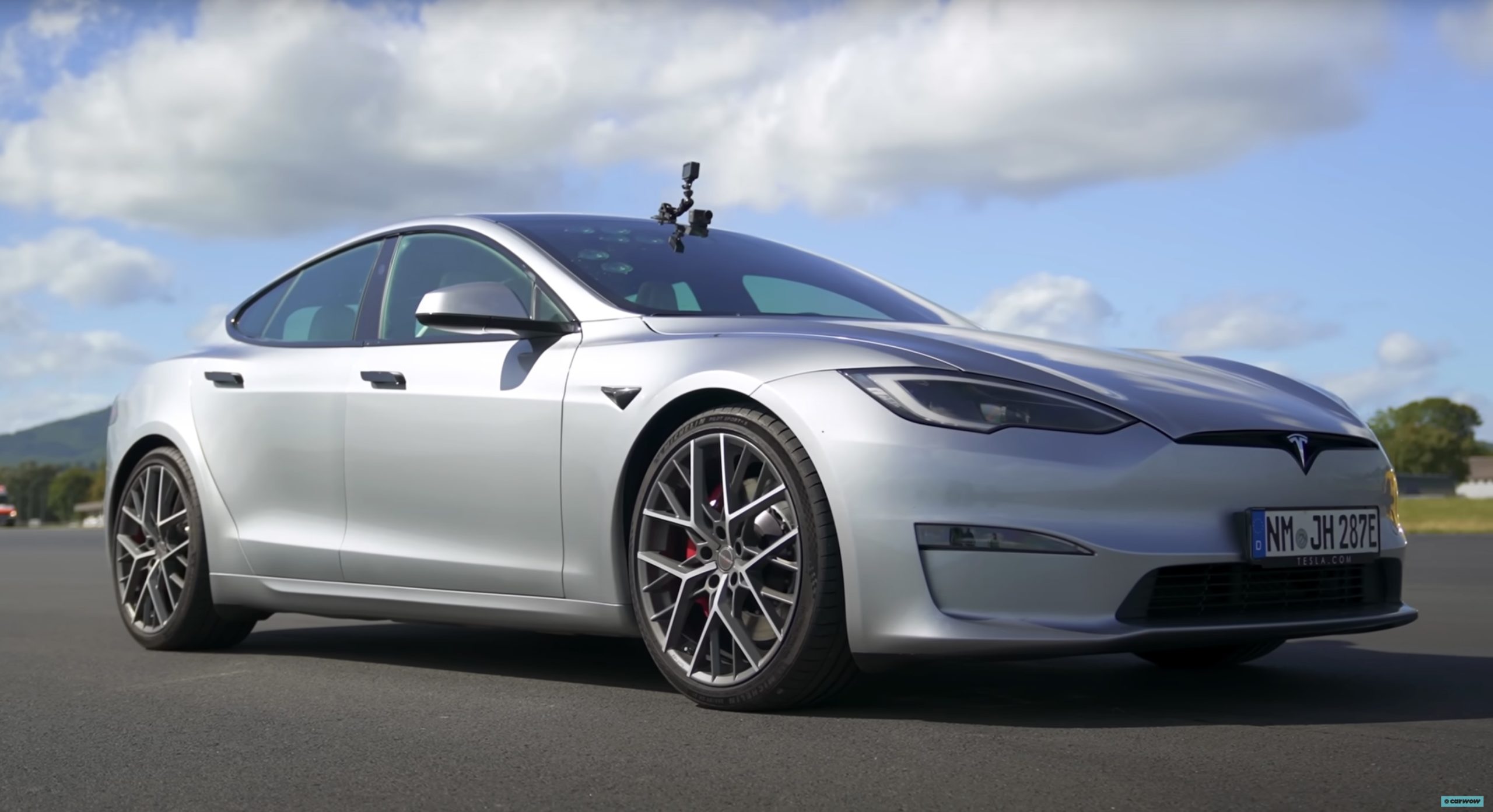
The Tesla Model S Plaid has been around for some time. Today, it is no longer the world’s quickest four-door electric sedan, nor is it the most powerful. As per a recent video from motoring YouTube channel Carwow, however, it seems like the Model S Plaid is still more than a match for some of its newer and more powerful rivals.
The monster from China
The Xiaomi SU7 Ultra is nothing short of a monster. Just like the Model S Plaid, it features three motors. It also has 1,548 hp and 1,770 Nm of torque. It’s All Wheel Drive and weighs a hefty 2,360 kg. The vehicle, which costs just about the equivalent of £55,000, has been recorded setting an insane 7:04.957 at the Nurburgring, surpassing the previous record held by the Porsche Taycan Turbo GT.
For all intents and purposes, the Model S Plaid looked outgunned in Carwow’s test. The Model S Plaid is no slouch with its three motors that produce 1,020 hp and 1,420 Nm of torque. It’s also a bit lighter at 2,190 kg despite its larger size. However, as the Carwow host pointed out, the Model S Plaid holds a 7:25.231 record in the Nurburgring. Compared to the Xiaomi SU7 Ultra’s record, the Model S Plaid’s lap time is notably slower.
Real-world tests
As could be seen in Carwow’s drag races, however, Tesla’s tech wizardry with the Model S Plaid is still hard to beat. The two vehicles competed in nine races, and the older Model S Plaid actually beat its newer, more powerful counterpart from China several times. At one point in the race, the Xiaomi SU7 Ultra hit its power limit due to its battery’s temperature, but the Model S Plaid was still going strong.
The Model S Plaid was first teased five years ago, in September 2020 during Tesla’s Battery Day. Since then, cars like the Lucid Air Sapphire and the Xiaomi SU7 Ultra have been released, surpassing its specs. But just like the Model Y ended up being the better all-rounder compared to the BYD Sealion 7 and the MG IM6, there is just something about Tesla’s tuning and refinement that makes raw specs seem not as game-changing.
Check out Carwow’s Model S Plaid vs Xiaomi SU7 drag race video below.
Lifestyle
500-mile test proves why Tesla Model Y still humiliates rivals in Europe
On paper, the BYD Sealion 7 and MG IM6 promised standout capabilities against the Model Y.

BYD is seeing a lot of momentum in Europe, so much so that mainstream media has taken every opportunity to argue that the Chinese automaker has beaten Tesla in the region. But while BYD sales this year in Europe are rising and Tesla’s registrations remain challenged, the raw capabilities of vehicles like the Model Y are difficult to deny.
This was highlighted in a 500-mile challenge by What Car? magazine, which showed that the new Tesla Model Y is more efficient, cheaper to run, and more reliable than rivals like the BYD Sealion 7, and even the nearly 400 KW-charging MG IM6.
Range and charging promises
On paper, the BYD Sealion 7 and MG IM6 promised standout capabilities against the Model Y. The Sealion 7 had more estimated range and the IM6 promised significantly faster charging. When faced with real-world conditions, however, it was still the Model Y that proved superior.
During the 500-mile test, the BYD nearly failed to reach a charging stop, arriving with less range than its display projected, as noted in a CarUp report. MG fared better, but its charging speeds never reached its promised nearly-400 kW charging speed. Tesla’s Model Y, by comparison, managed energy calculations precisely and arrived at each stop without issue.
Tesla leads in areas that matter
Charging times from 25% to 80% showed that the MG was the fastest at 17 minutes, while Tesla and BYD were close at 28 and 29 minutes, respectively. Overall efficiency and cost told a different story, however. The Model Y consumed 19.4 kWh per 100 km, compared to 22.2 for MG and 23.9 for BYD. Over the full trip, Tesla’s charging costs totaled just £82 thanks to its supercharger network, far below BYD’s £130 and MG’s £119.
What Car? Magazine’s testers concluded that despite BYD’s rapid sales growth and the MG IM6’s seriously impressive charging speeds, Tesla remains the more compelling real-world choice. The Model Y just offers stability, efficiency, and a proven charging infrastructure through its Supercharging network. And as per the magazine’s hosts, the Model Y is even the cheapest car to own among the three that were tested.
Watch What Car? Magazine’s 500-mile test in the video below.
Lifestyle
Tesla Cybertruck slapped with world’s least intimidating ticket, and it’s pure cringe
One cannot help but cringe and feel second-hand embarrassment at the idea of a person just driving around with a stack of these babies.
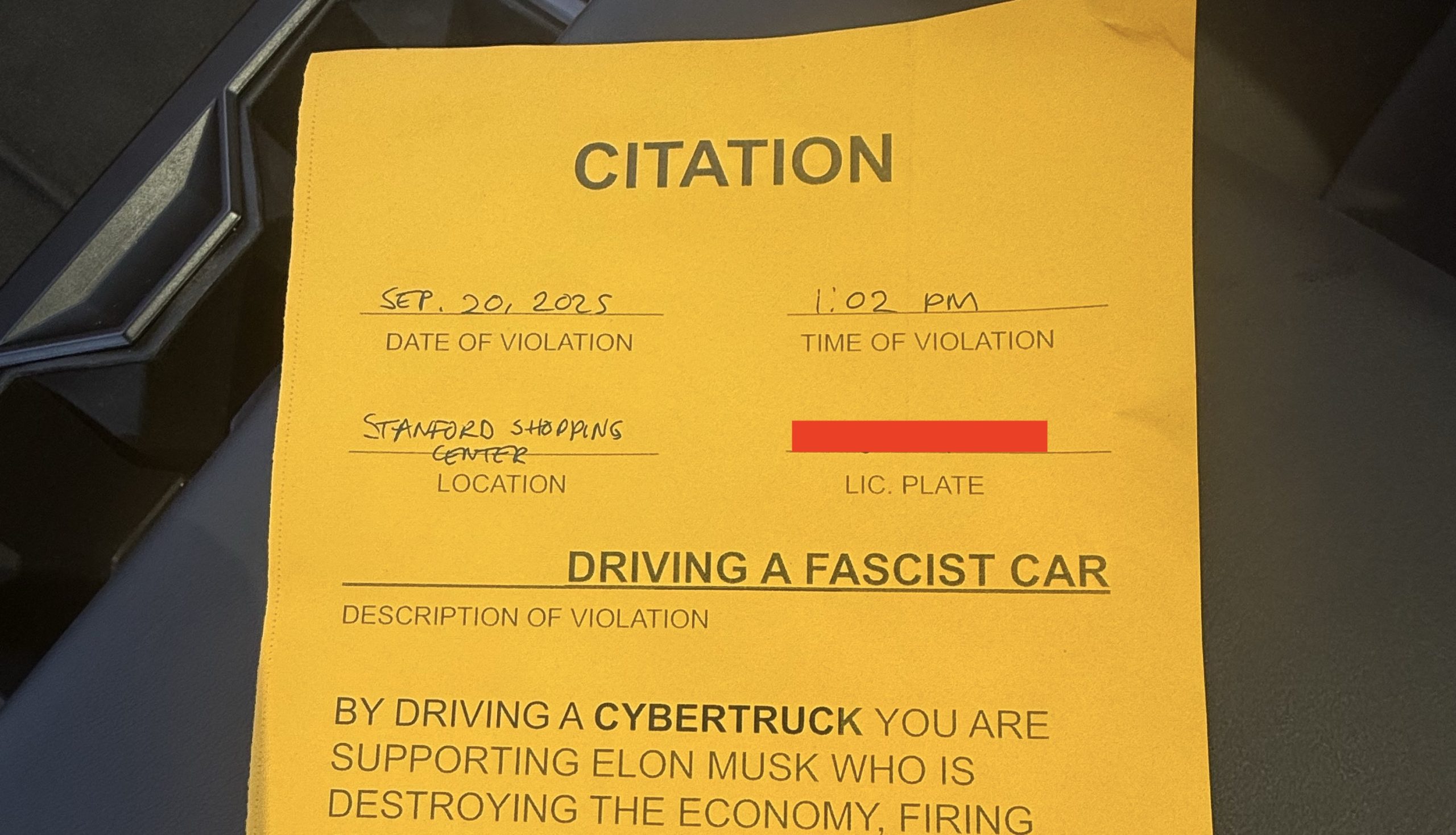
A Cybertruck parked at Stanford Shopping Center in California was recently hit with what might be the most try-hard piece of paper ever slipped under a wiper blade: a “fake citation” accusing the driver of supporting a “fascist car.”
The note, shared on X by Tesla staff program manager Ryan Torres, quickly made the rounds on X, where it quickly gained attention as an example of how not to protest.
The world’s least intimidating ticket
According to the citation, the supposed “violation” was “driving a fascist car.” The remedial action? Take the bus, call an Uber, or ride a bike. The note also dubbed Elon Musk a “chainsaw-wielding Nazi billionaire.” Now, protests against Tesla and Elon Musk have become commonplace this year, but one cannot help but cringe and feel second-hand embarrassment at the idea of a person just driving around with a stack of fake anti-Tesla/Musk citations.
Torres pointed out the irony himself in his post on X. Tesla currently employs over 140,000 Americans, and SpaceX has put the U.S. firmly back at the top of space technology. As Torres put it, maybe the person behind the world’s least intimidating ticket should “read a book on innovation before vandalizing” other people’s property.
Peak performative clownery
Not to mention that the fake ticket’s logic collapses under its own weight. EVs like the Cybertruck are literally designed to reduce emissions, not “destroy the economy.” If anything, Tesla has bolstered the United States’ economy by fueling jobs in engineering, manufacturing, and clean energy. It’s not the first time a Tesla has been the target of vandalism or politically charged notes, but this one stands out for sheer cringe value.
Torres summed it up neatly: “Peak clownery.” On that point, at least, the citation earns full marks. In a way, though, perhaps cringe fake tickets are not as bad as the literal firebombs that were being thrown at Tesla stores and cars earlier this year because some critics were gleefully misinformed about Elon Musk.
